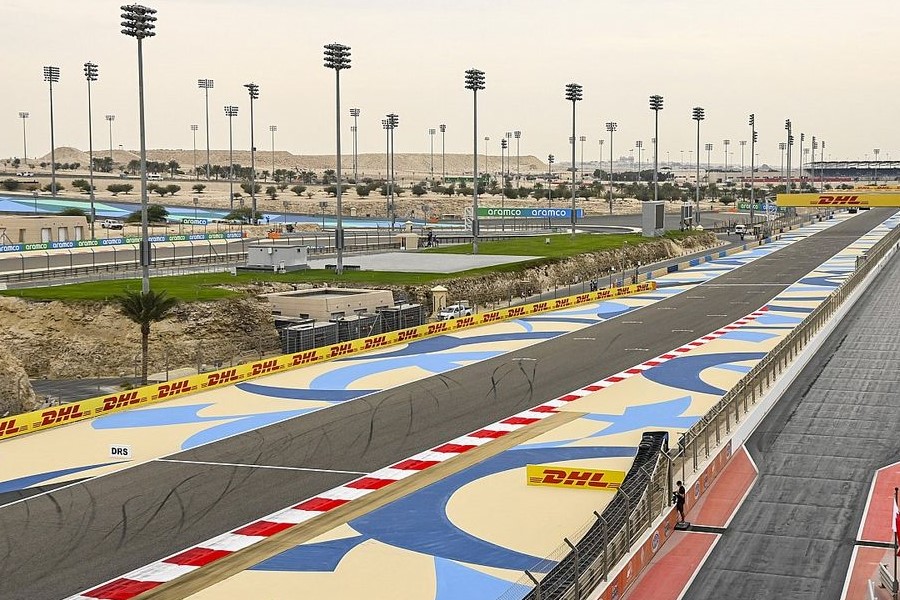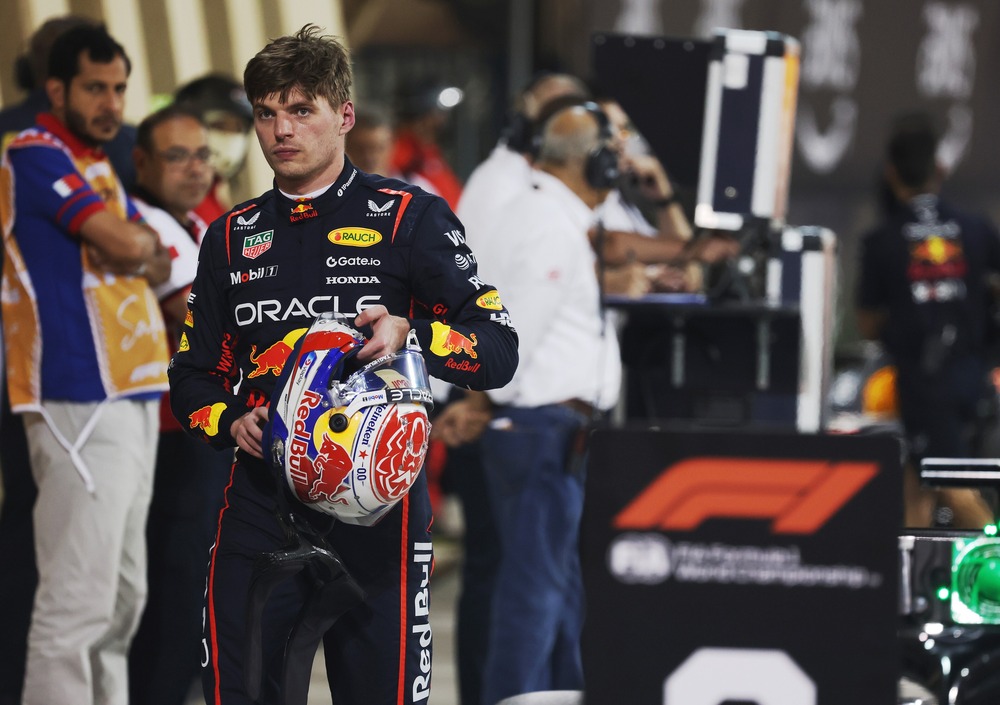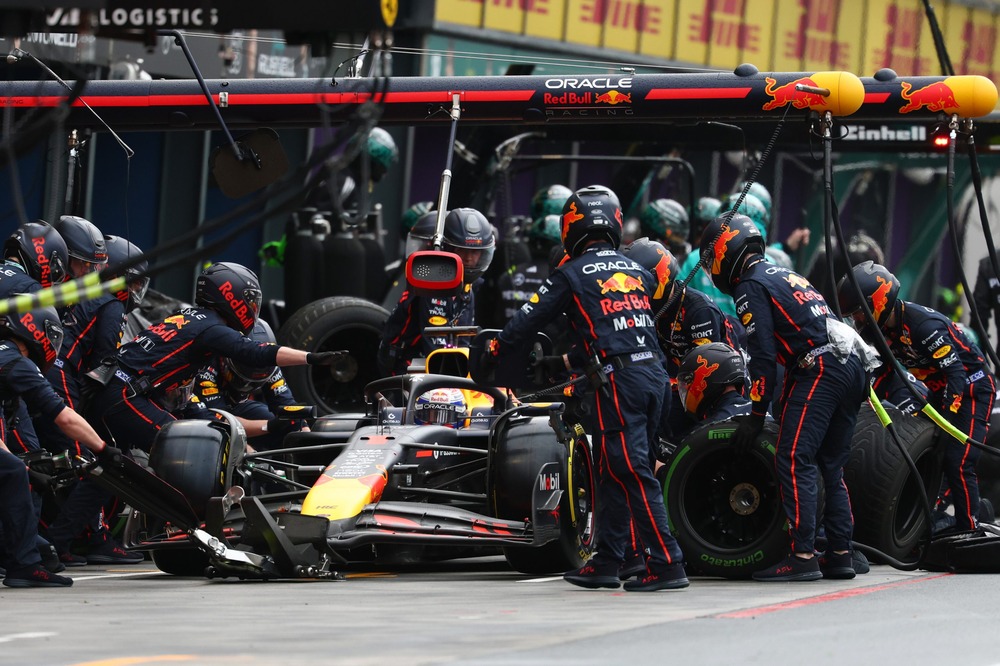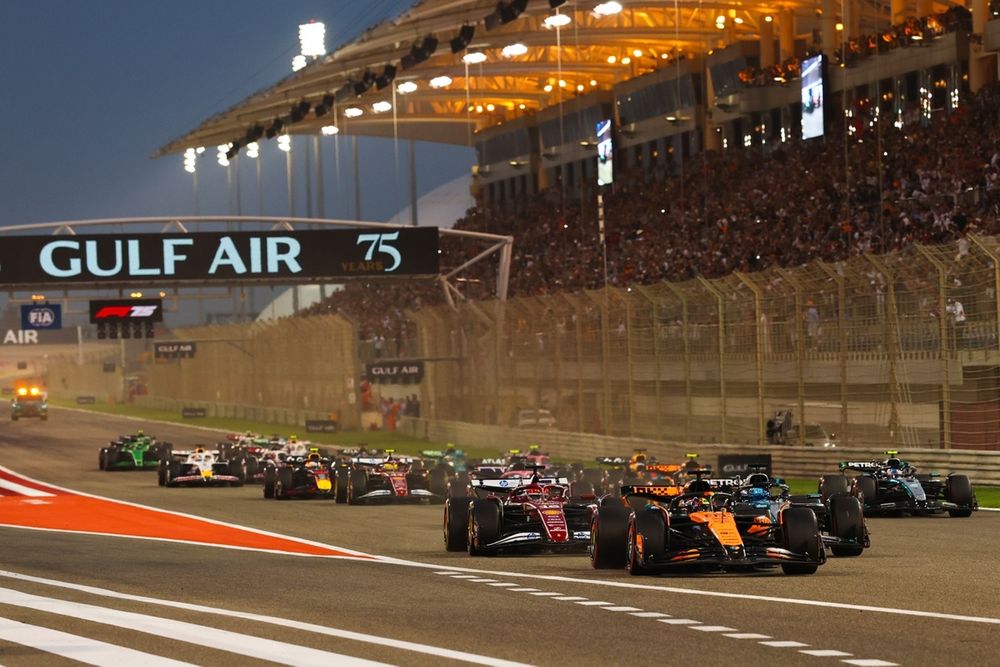Formula 1 has officially confirmed the Bahrain International Circuit will host the F1 pre-season testing for the 2025 season from February 26 to 28, 2025.
This announcement marks another chapter in Bahrain’s growing reputation as a key venue for Formula 1 activities, particularly pre-season tests.
The circuit has been a favored location for teams to prepare for the upcoming season due to its favorable weather conditions and technical layout, which includes a mix of high-speed straights and challenging corners.
The decision to hold the F1 pre-season testing in Bahrain is strategic, considering the region’s warm climate, which allows teams to conduct extensive testing without the unpredictability of rain or cold temperatures that can affect performance data.
The venue has hosted F1 pre-season testing six times, making it a staple in the Formula 1 calendar. The three-day test will enable each team to run one car per day, providing ample opportunity for drivers to familiarize themselves with their machines and for engineers to gather critical data ahead of the competitive season.
The 2025 season is particularly significant as it marks Formula 1’s 75th anniversary. This milestone year will see a revamped race calendar, with the season opening in Melbourne, Australia, from March 14-16.
The shift in the calendar is noteworthy as it breaks away from the tradition of Bahrain hosting the opening race, a role it has played since its inaugural Grand Prix in 2004. Instead, the nation will now host the fourth round of the championship from April 11-13.
The Bahrain International Circuit will be celebrating its 20th anniversary in 2024, marking another milestone as the first Middle Eastern venue to host an F1 race and has since become synonymous with exciting racing action.
The pre-season testing is not only vital for technical preparations but also serves as an opportunity for fans and teams alike to witness new driver line-ups on track.
Several teams are expected to undergo major changes in their driver rosters for the upcoming season. Notable transitions include Lewis Hamilton joining Ferrari alongside Charles Leclerc, while Mercedes will feature George Russell and newcomer Andrea Kimi Antonelli.
Alpine will have Pierre Gasly and Jack Doohan behind the wheel as Williams fields Alex Albon and Carlos Sainz while Haas will see Esteban Ocon paired with Oliver Bearman. However, two teams have yet to finalize their driver line-ups.
At RB, there is uncertainty surrounding Daniel Ricciardo’s future with discussions about whether he will continue alongside Yuki Tsunoda or if Red Bull reserve driver Liam Lawson will take his place. Meanwhile, Sauber is preparing for its transition to Audi in 2026 and has signed Nico Hulkenberg but has yet to announce his teammate.
As Formula 1 continues its push toward sustainability with a goal of achieving net-zero carbon emissions by 2030, logistical considerations are also at play regarding freight management.
A significant percentage of freight related to the teams’ operations will remain at Bahrain following F1 pre-season testing in preparation for the Grand Prix in April.
This approach not only reduces costs but also aligns with F1’s commitment to environmental responsibility.






